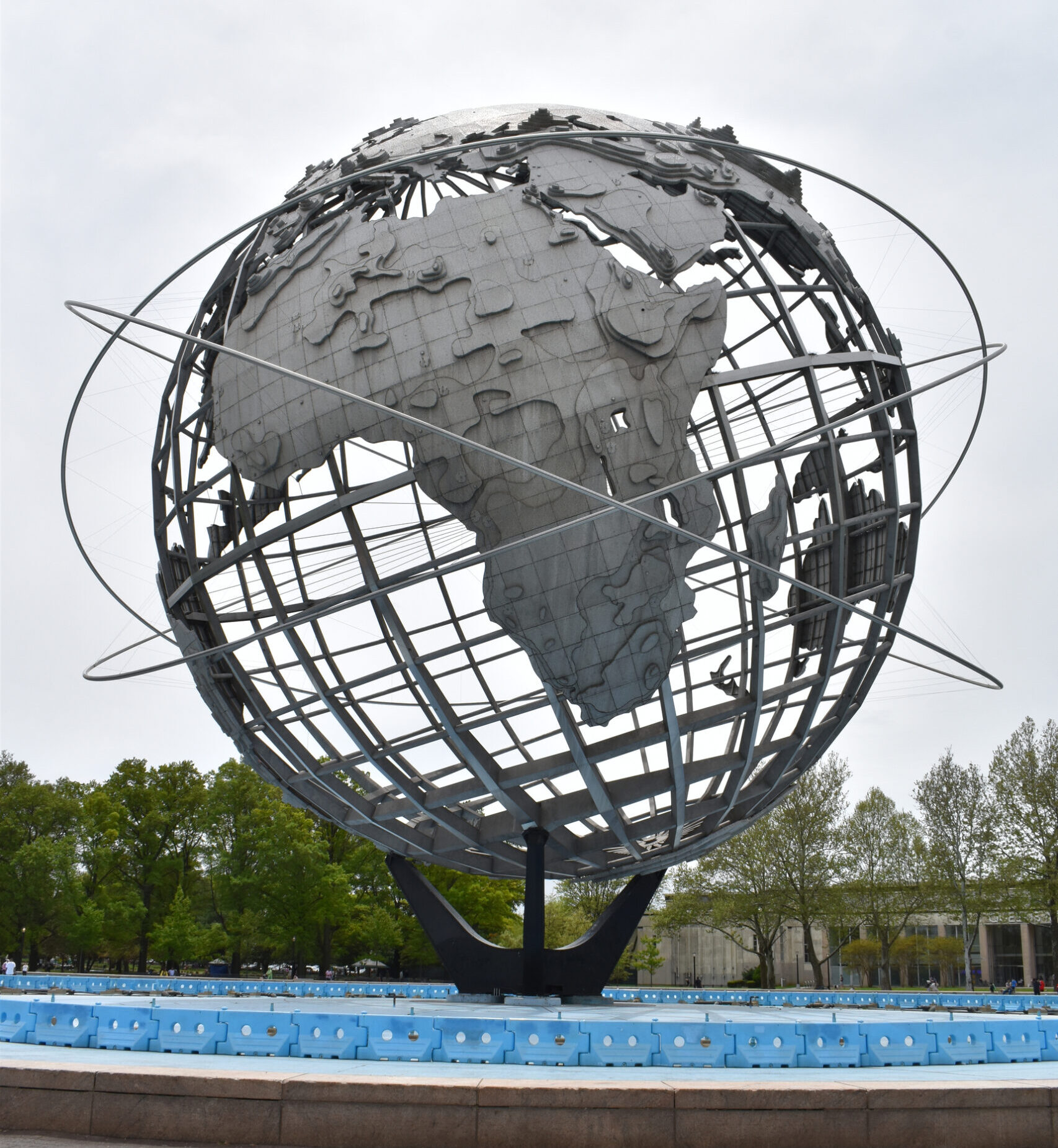Host of Digital Trade Barriers Await New Top Trade Cop
Late last week the Senate voted to confirm Robert Lighthizer as U.S. Trade Representative (USTR), the nation’s top trade enforcer. A host of challenges await Ambassador Lighthizer, a veteran of USTR under Reagan, as he takes the post. The agency’s annual survey of barriers to U.S. exports released in April, the National Trade Estimate, spanned nearly 500 pages, flagging obstacles to market access in scores of countries around the world.
In recent years, U.S. trade officials have scrambled to respond to new market access crises in critical overseas markets. One of the fastest growing hotspots in international trade has been digital trade, which received special attention from USTR in a March fact sheet. Officials have been acutely aware of these threats due to the amount of economic activity at stake. Between 2007 and 2014, U.S. digital services exports grew from $282 billion to nearly $400 billion. With millions of jobs and the fastest growing sector of U.S. employment riding on these exports, a lot is at stake.
Pre-Internet era international trade rules apply imperfectly to digital trade, however, meaning that trade officials have fewer tools at their disposal to ensure equal access to markets. Some barriers to digital trade therefore go unchallenged, particularly in the context of cross-border trade in services. Nevertheless, trade enforcers are not without options. Many countries that are restricting digital trade have already made strong trade commitments in sectors connected to digital markets, such as computer services and advertising.
For example, Vietnam’s communications ministry has waged a battle against importing online advertising services since 2013, when a decree restricted Vietnamese advertisers from directly utilizing foreign advertising services, and required foreign-based advertising services to give at least 15 days written notice to the government before placing any advertising on website directed at the Vietnamese market. These problems were mostly theoretical, however, because the decree went largely unenforced until March 2017, when a new decree threatened to impose monetary penalties on Vietnamese companies directly advertising on Internet sites abroad, and authorities began pressuring Vietnamese companies not to advertise on U.S. sites. (With curious timing, this came just in advance of the Vietnamese Deputy Prime Minister’s April visit to the United States and the Prime Minister’s visit later this month.)
While additional new rules on digital trade are overdue, there already exist avenues to protect U.S. exporters from abuse (a point which I have made in other contexts). The Vietnamese restrictions are one such example, since they unambiguously violate Vietnamese WTO commitments to permit cross-border advertising on a non-discriminatory basis. As Ambassador Lighthizer takes up his new post, he has an opportunity to ensure that Vietnam and other governments do not unfairly block U.S. digital trade.








